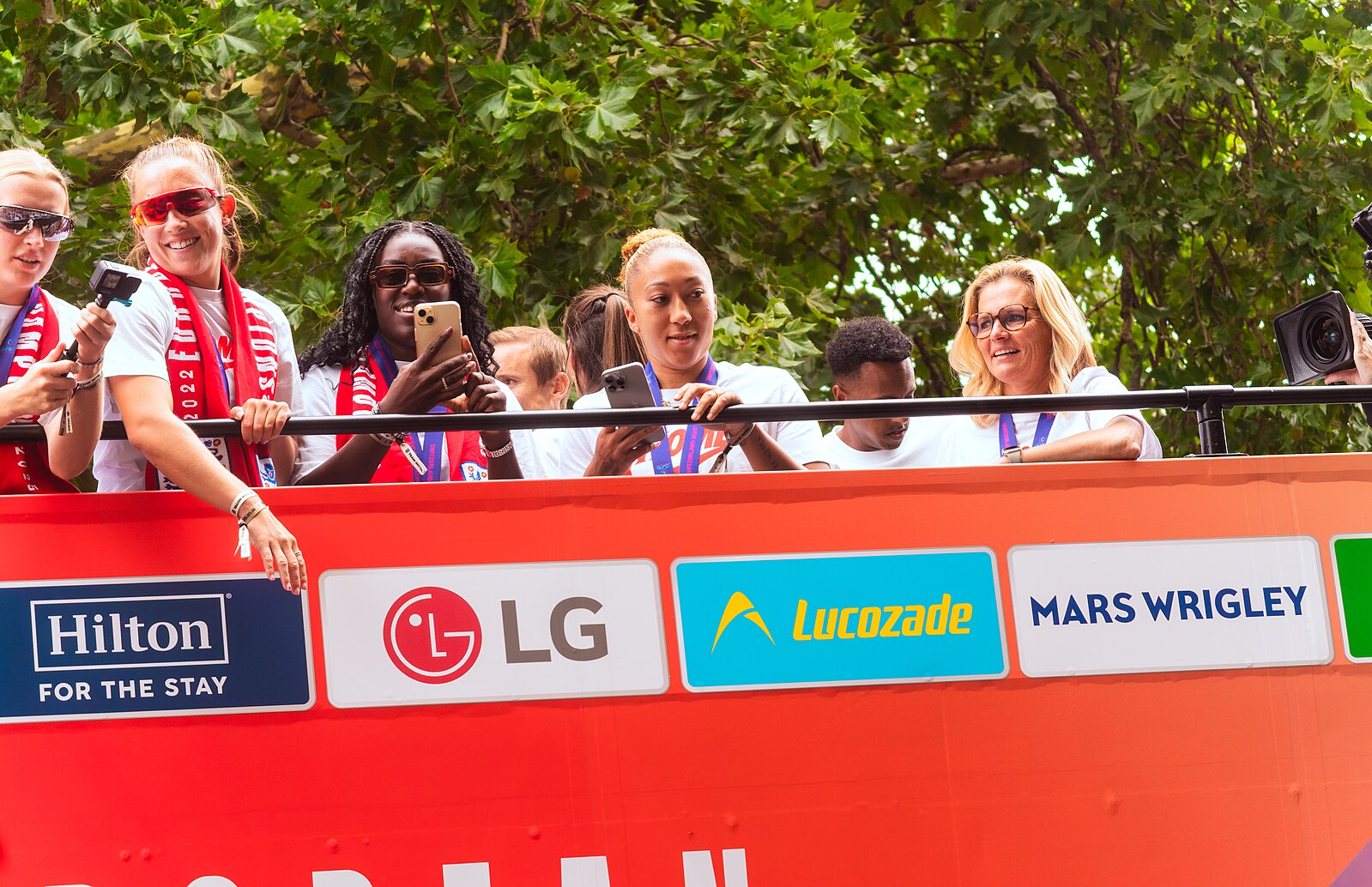Agyemang latest to join growing ACL list: a women’s football epidemic
On Tuesday 28th October, England’s Lionesses claimed victory over Australia in a friendly at Pride Park Stadium. But what should have been a night of celebration was hampered by the injury of Michelle Agyemang, who was substituted off in the 78th minute with what has been confirmed as a ruptured ACL.
Michelle Agyemang is the teenage sensation who became a household name this summer with her goalscoring heroics at the Euros. With equalising goals to rescue England in the knockout stages of the tournament versus Sweden and Italy, the sky is the limit for the young striker. She returned to Brighton and and Hove Albion for a second season in a row on loan from her parent club Arsenal, to continue her development in domestic football after a fine summer. The benefits of this loan move showed as she was once again called up for England, and against Australia was substituted onto the pitch at the 60th minute mark for Alessia Russo.
Her match was cut short however, as after going down innocuously off the ball, and a long delay with the medics, she had to be stretchered off in the 78th minute. Two days after the match, it was confirmed by both Arsenal and Brighton, as well as Michelle herself, what so many women’s football fans have come to expect, that she had suffered a ruptured anterior cruciate ligament injury. She took to Instagram to relay this and thanked fans and fellow players alike for their well-wishes. An ACL injury puts a major dampener on a season that should’ve been key in her development after showing just what she can do in the summer.
The harrowing rise in ACL injuries in the world of women’s football has been a serious cause for concern
The ACL is a crucial ligament that stabilises the knee joint, allowing for change of direction and other such movements without the knee giving way. As it is such a major injury, recovery time for a ruptured ACL can be anywhere from 6 to 12 months, depending on the individual case, meaning she is unlikely to see the pitch again in the 2025-26 season.
The harrowing rise in ACL injuries in the world of women’s football has been a serious cause for concern. For the past few seasons, countless injuries have occurred to top players across the big leagues.
195 elite women’s football players had suffered the dreaded injury over the season
The likes of Leah Williamson, Vivianne Miedema, and Sam Kerr are just a few of the big names who have been victims of ACL injuries in recent years. Women are three to six times more likely to suffer from ACL injuries than men, a seriously concerning figure. A report in 2024 recorded that a staggering 195 elite women’s football players had suffered the dreaded injury over the season.
There is no definitive reason why this is the case, but a combination of factors can contribute, such as women’s hormonal and menstrual cycles, playing in boots designed for men, and muscle strength imbalances.
Research into women’s sport and injury prevention has proven to be so far behind that of the men’s game that there is a lack of support and preventative measures, which means that every year so many continue to fall victim to these potentially career-ending injuries. It is clear that more research and funding is needed to investigate ACL injuries and the devastating impact they have on women’s football players.
It is never a fortunate time to suffer an ACL injury, but after a special summer, the timing is especially sore for England’s young hero. Here’s hoping for Michelle to have a smooth recovery and continue to shine on the pitch.

Comments